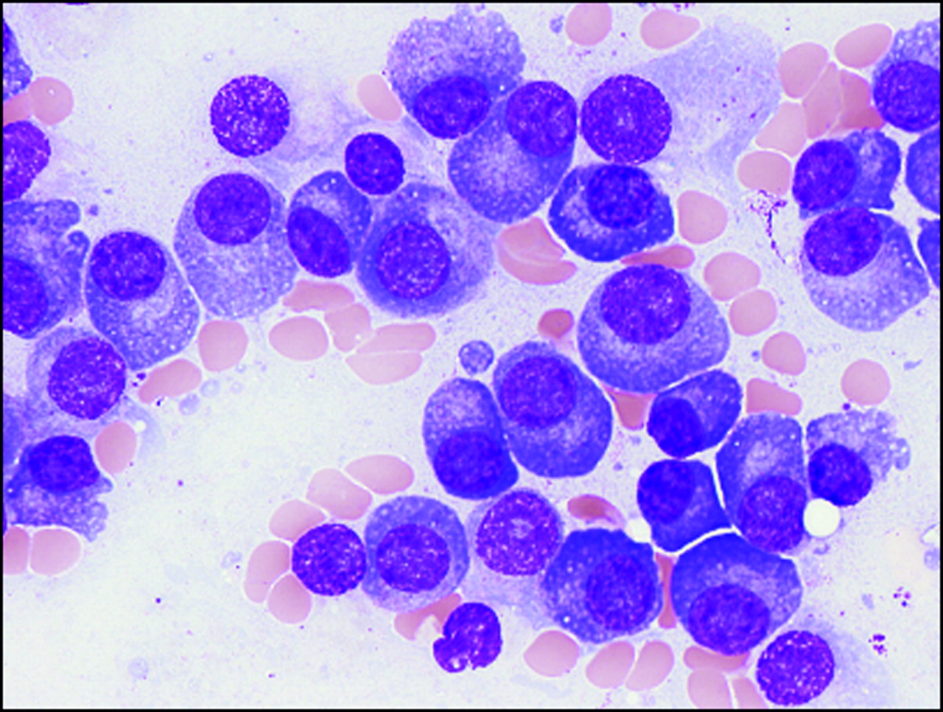One man’s decision to step outside his professional comfort zone may have added years to my life. At the very least, his concern drove a lurking monster into the light and gave me a reason to hope.
Dr. Lee Congleton III is a urologist and surgeon. I became his patient in late 2011 when a routine bladder scan (cystoscopy) revealed three tumors in my bladder, at least one of which a subsequent biopsy would rule “aggressive.” Surgery soon followed, and after several weeks of healing, I began a regimen of weekly “BCG” treatments (Bacillus Calmette-Guerin).

Larry Van Guilder (file photo)
For eight and one-half years I had undergone “breath-holding” annual bladder examinations (semi-annual in the beginning) and received mostly good reports (no cancer). This year I began experiencing pain and discomfort a few weeks before my scheduled examination and made a telehealth appointment with Dr. Congleton to discuss my concern.
Considering my history, he suggested a CT scan before cystoscopy would be wise and I agreed.
The cystoscopy was clean, the CT scan, not so much. At the base of my spine was what appeared to be a “void,” an absence of bone.
“Have you ever seen an oncologist?” Dr. Congleton asked. This anomaly, I would learn, was known as a “lytic lesion.”
I was referred to Dr. Mitchell Martin, an oncologist with Tennessee Cancer Specialists. Less than a week later I was in his office along with my partner, Lynn.
During those few days, I had studied the CT scan results and read re-read the pathologist’s comments. I agreed with Lynn that we were looking at myeloma, a cancer of the bone marrow.
At our first meeting, Dr. Martin said the CT scan did not look like the “typical” cancers he saw. He wanted to schedule additional tests including a bone marrow biopsy, a whole-body bone scan and a PET scan. He also referred me to a radiologist for an opinion.
The results confirmed my guess and then some, “multiple myeloma, third stage,” with upwards of a dozen or more lytic lesions spread from the spine to ribs, to hips to the femur. (There is no ‘fourth stage’ multiple myeloma.)
Within a week we were back in Dr. Martin’s office. Despite the grim diagnosis, he was upbeat. The treatment has advanced considerably just in the last decade, and two new drugs, Darzalex (by infusion) and Revlimid (oral) have produced great results. While there is no cure, remission is very doable, and that was Martin’s goal for me.
Darzalex is a targeted monoclonal antibody that helps slow or stop the progression of multiple myeloma. Revlimid is a treatment for myeloma and blood disorders called myelodysplastic syndromes. For myeloma, you might also use the steroid drug dexamethasone.
Multiple myeloma is a rare blood cancer, so many hematologists/oncologists may not see one patient in a year. The data show these myeloma specialists provide an average life expectancy of 10 years or more, while the average remains stagnant at four years.
The overall 5-year survival rate for people with multiple myeloma is 52 percent. For the 5 percent of people who are diagnosed at an early stage, the 5-year survival rate is almost 74 percent. If the cancer has spread to a distant part of the body, the 5-year survival rate is 51 percent.
Dealing with side effects of the many drugs prescribed for myeloma patients is a daily battle. Pain is a constant companion, and the drugs used to combat pain come with their own bundle of side effects. Some of those side effects recently landed me in the hospital for eight days.
The disease had surely been wreaking havoc in my bone marrow for several years before Dr. Congleton spotted the lesion. This “stage” is referred to as “smoldering myeloma.” The unfortunate fact is that early reporting of the disease is rare. It remains hidden, smoldering until an accident of fate unmasks it.
The American Cancer Society’s Revised International Staging System is based on data obtained from 3,000 patients between 2005 and 2012. Median survival rates (i.e. half exceed and half don’t reach) are shown below:
Stage 1 Has not been reached
Stage II 83 months
Stage III 43 months
Every patient is different, of course, and 10 to 20 years living with the disease is not impossible.
Since my diagnosis in April I have been busy with medical tests and devising care strategies, leaving not enough time and energy to do what I enjoy, chasing down and writing news stories. My job with Knox TN Today has been behind the curtains, editing and rewrites. Any poor grammar, syntax, punctuation and logic you come across is likely what I missed. Mea culpa.
No one knows with certainty how long he will tread above ground. I’ve managed to put 70 years in the rearview mirror and hope to have a few more. Time will tell.
Larry Van Guilder is the business/government editor of KnoxTNToday.

